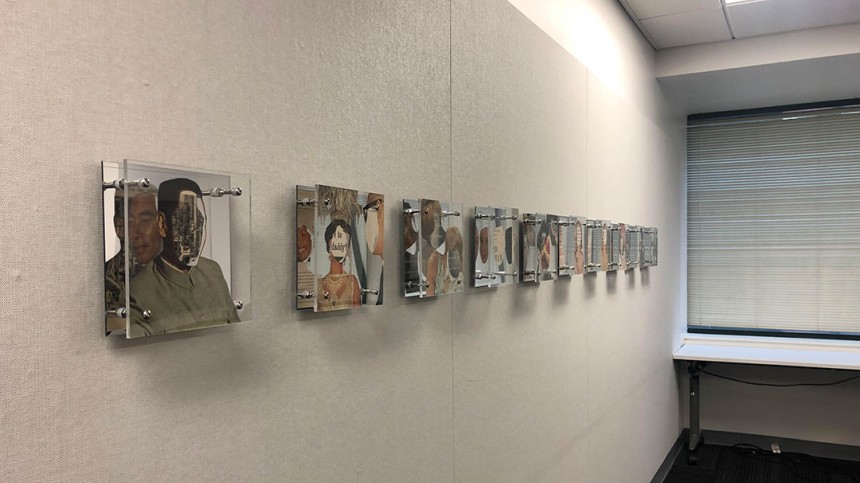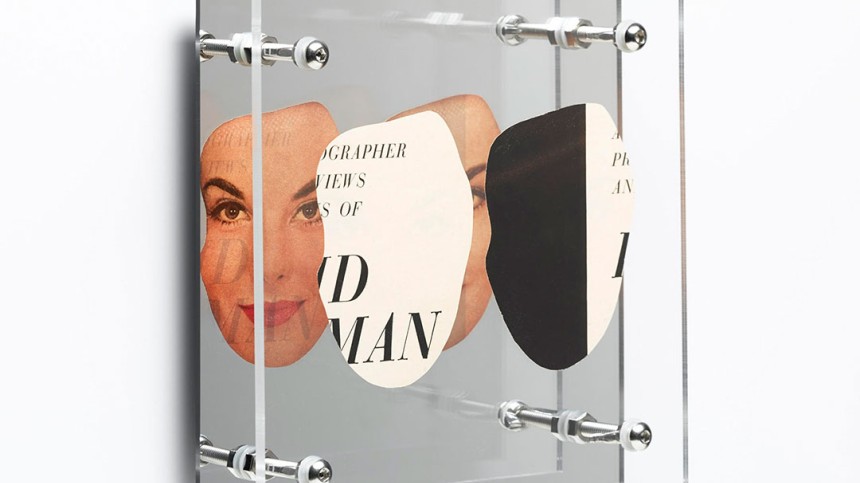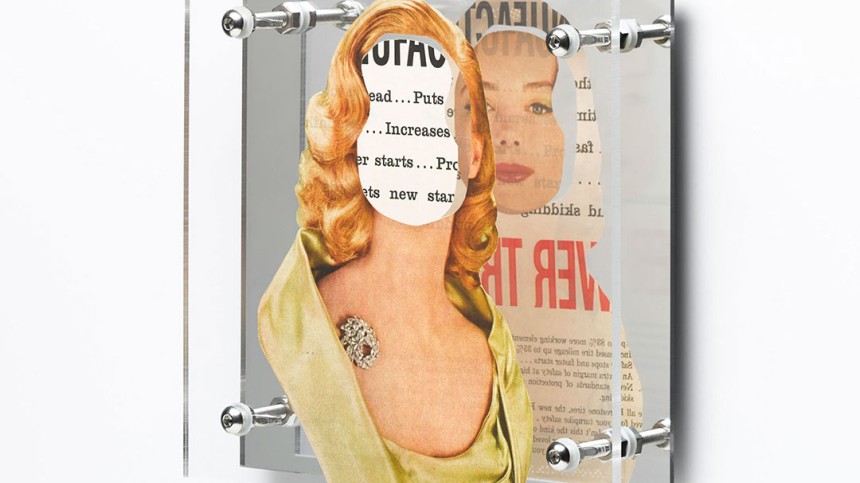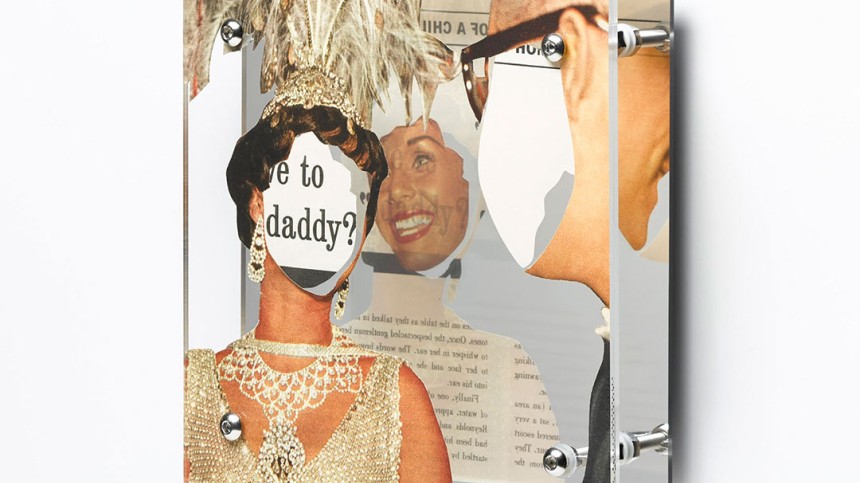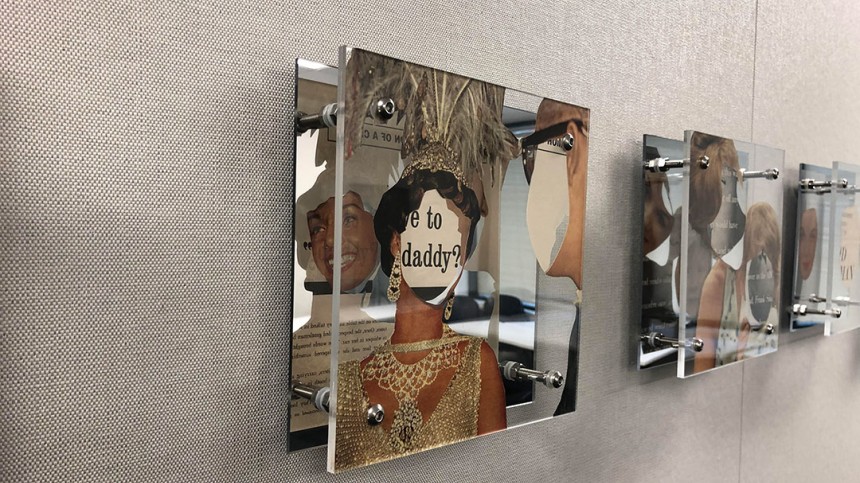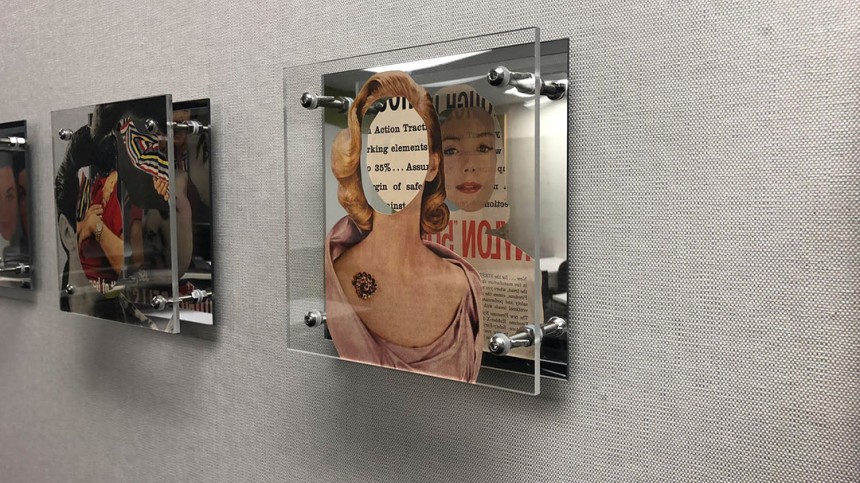Graphic Design Past Supports Visual Arts Future

Shannon Milar is no stranger to the world of design. She’s logged more than 25 years of digital experience design at iconic, world-class brands:
Lead designer at Walt Disney Internet Group
Senior graphic designer at women.com and Silicon Valley Bank
Senior Internet creative at Williams-Sonoma
Senior visual designer at Yahoo!
Visual design manager and art director at Wells Fargo Bank
And the list keeps going.
But Shannon’s creative outlets weren't confined to her 9-to-5. She brought her aesthetic to more tactical endeavors: traditional printmaking, exhibiting etchings and woodcuts, and participating in artist residencies.
“Maintaining a full-time career with benefits gives me the freedom to not solely rely on my art-making for my livelihood,” Shannon says. “It’s hard to do both, but I’ve found balance in it.”
Despite the seemingly 24/7 devotion to her craft, Shannon began to feel “stagnant as an artist and needed something to help me move forward in that part of my life,” she recalls.
“I was first looking at low-residency programs around the country, but the cost and commitment seemed daunting. I decided to look at local options and the Post-Baccalaureate Certificate in Visual Arts rose above the rest. It is well-known in the Bay Area and offered the flexibility I needed. I already lived and worked in San Francisco and was relieved that I wouldn’t need to relocate for a program.”
You have quite extensive experience in design. What were you hoping to achieve through our program?
As a practicing artist, I came to the program with aesthetic skills and ability, but really needed to find my own voice as an artist. I was struggling with creating large bodies of work with a strong point of view. My hope was the program would provide an advanced level of critical thinking and contemporary-art context that would help me move forward as an artist.
I wasn’t skilled at writing about my art and framing it in the context of the contemporary-art world. This was limiting as I wasn’t as competitive as other artists in applying for fellowships, grants and residencies.
Tell me about your experience going through the program.
I loved the elective courses because they gave me the opportunity to learn different techniques that I could add to what I knew already. The seminar courses taught me to define who I am as an artist and how to carve out my own space in the art world.
My fellow students were a support system for me, and their critiques were insightful and essential in helping move my work forward. This program allows for one-to-one interactions between students and instructors, which is possibly the most valuable aspect of the program.
Did you take any of the classes online?
I took an art of film class online. It was amazing as my classmates were from many different majors, not only visual arts. We had lively discussions and it was essential in preparing me to critique and write about all forms of art.
Were you able to put lessons learned in class to your current artistic endeavors?
Absolutely! There are two courses in particular that have transformed my art practice: Soft Sculpture and Collage.
In Soft Sculpture, I experimented with character and narrative in my work, which I hadn’t done previously.
In Collage, I learned the history of the medium in the 20th century and discovered new ways to build upon my graphic design past in a way that supports my visual arts future.
My final project in Portfolio Review explored character and narrative while visually dependent on found imagery.
Tell me about your artwork—your philosophy, medium, exhibits.
I’m a multidisciplinary artist working in collage, text-based art and assemblage. My artwork draws from a deep knowledge of traditional printmaking and extensive experience in digital design.
In addition to holding the Post-Baccalaureate Certificate in Visual Arts, I earned a B.F.A. in graphic design from The American College for the Applied Arts and a professional qualification from Il Bisonte International Specialization School of Printmaking.
I have participated in artist-in-residence programs at Kala Art Institute in Berkeley, Atelier Empriente in Luxembourg and ExplorArt in Italy. Inspired by how these experiences enriched my art practice, I co-founded Catalyst Art Retreat in Tuscany for artists to focus on their artwork in a shared space with their peers from around the world. I work remotely as a product design manager and maintain a home art studio in Palm Springs, California.
Visual arts gives me the opportunity to create artwork that feels authentic to me and resonates with others. I use my art practice to ask questions about humans and the world we live in. Exhibiting and sharing my work helps me feel connected with people through a common desire for understanding, and in particular understanding things that are unclear or complicated.
Shannon explains the story behind her latest series:
“As I recently browsed through a stack of magazines from the 1960s, I recognized the pervasiveness of ads promoting outdated stereotypes. It was disturbing to see these ads next to articles about civil rights or the rise of women in the workforce. A desire emerged to transform the offending messages, repurposing the images to investigate the ideas and prejudices we hold today. I took to the pages with an X-Acto knife and removed figures from their environments, reducing them down to forms with no context of place. I floated the cutouts between clear acrylic sheets and fastened them to mirrors, allowing an interplay between what’s forward-facing and what happens, by chance, to be printed on the back. What is visible or hidden is determined by where the viewer stands, in the way that our perception is influenced by our position.
“With this series, I invite the viewer to consider the politics, family life and standards of beauty of the past—while reflecting on who we are in the present. The mirrors serve as a reminder that we are simultaneously both viewer and object. As these individuals from over a half a century ago gaze back in our direction, how might they evaluate us today?”
My Latest Series
What does earning this certificate mean for you personally and professionally as an artist?
I’m so proud that I set a goal and achieved it. There’s no way I would be the artist I am without having completed this program. I am now skilled at writing about my art and am able to see the role my work plays in the context of the contemporary-art world. I am more competitive now in applying for fellowships, grants and residencies.
What advice would you give to a student who is starting the visual arts post-bacc program?
If you are able, take your time with the program. The time between courses is so valuable to reflect on your work and what you’ve learned.
Also, during the years that you’re in the program, you’ll meet more students and instructors—your art network will grow larger because of it.
